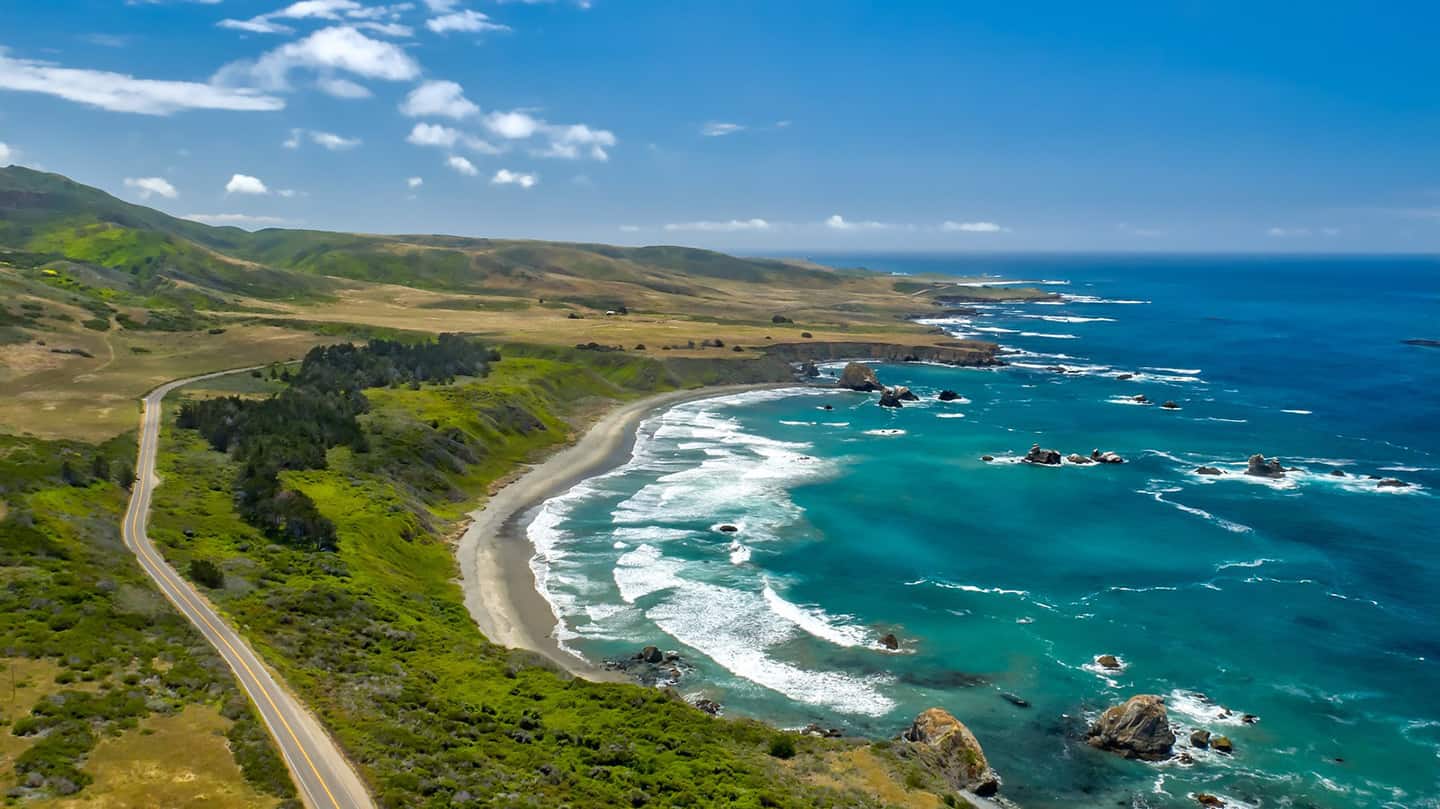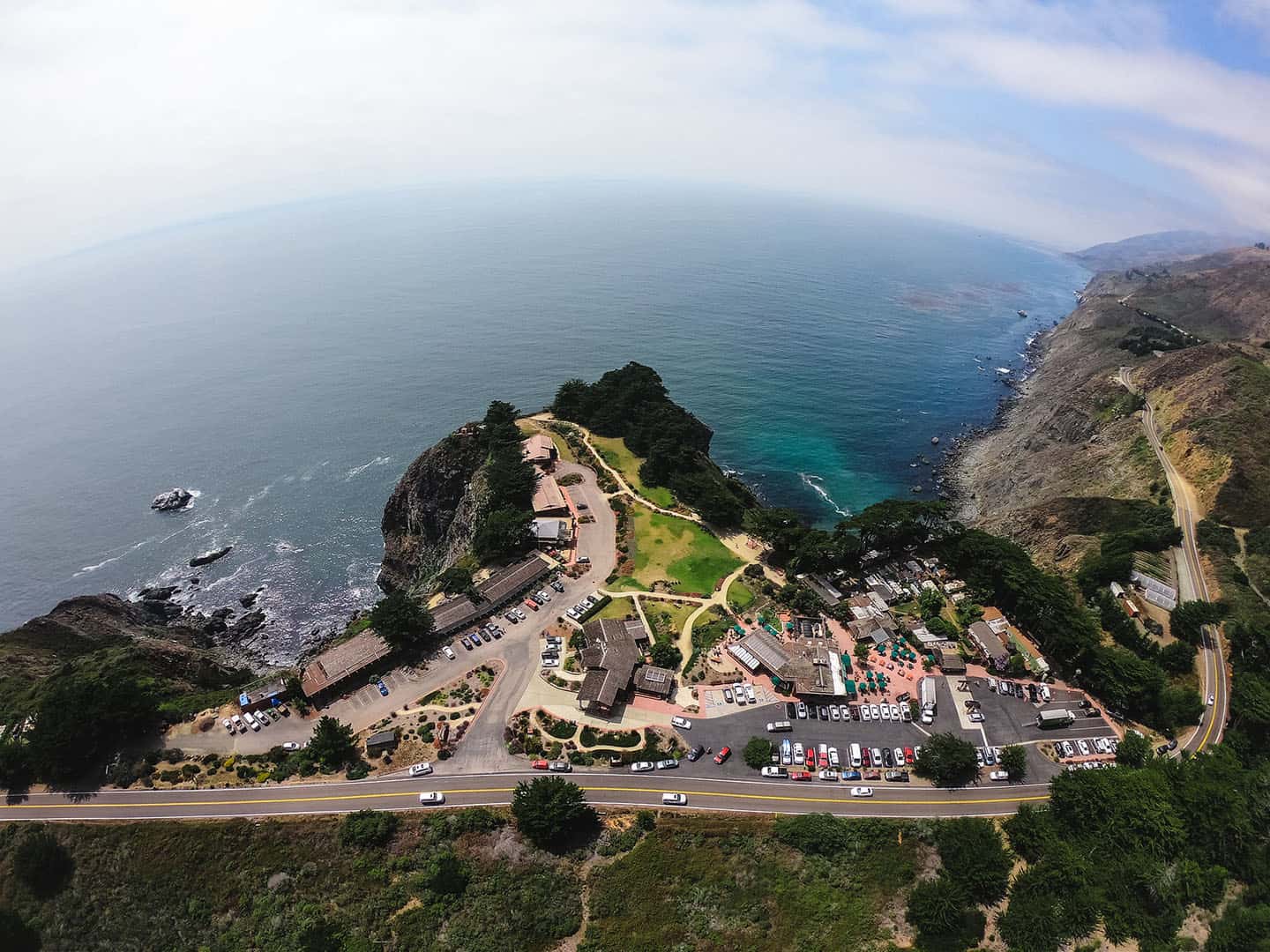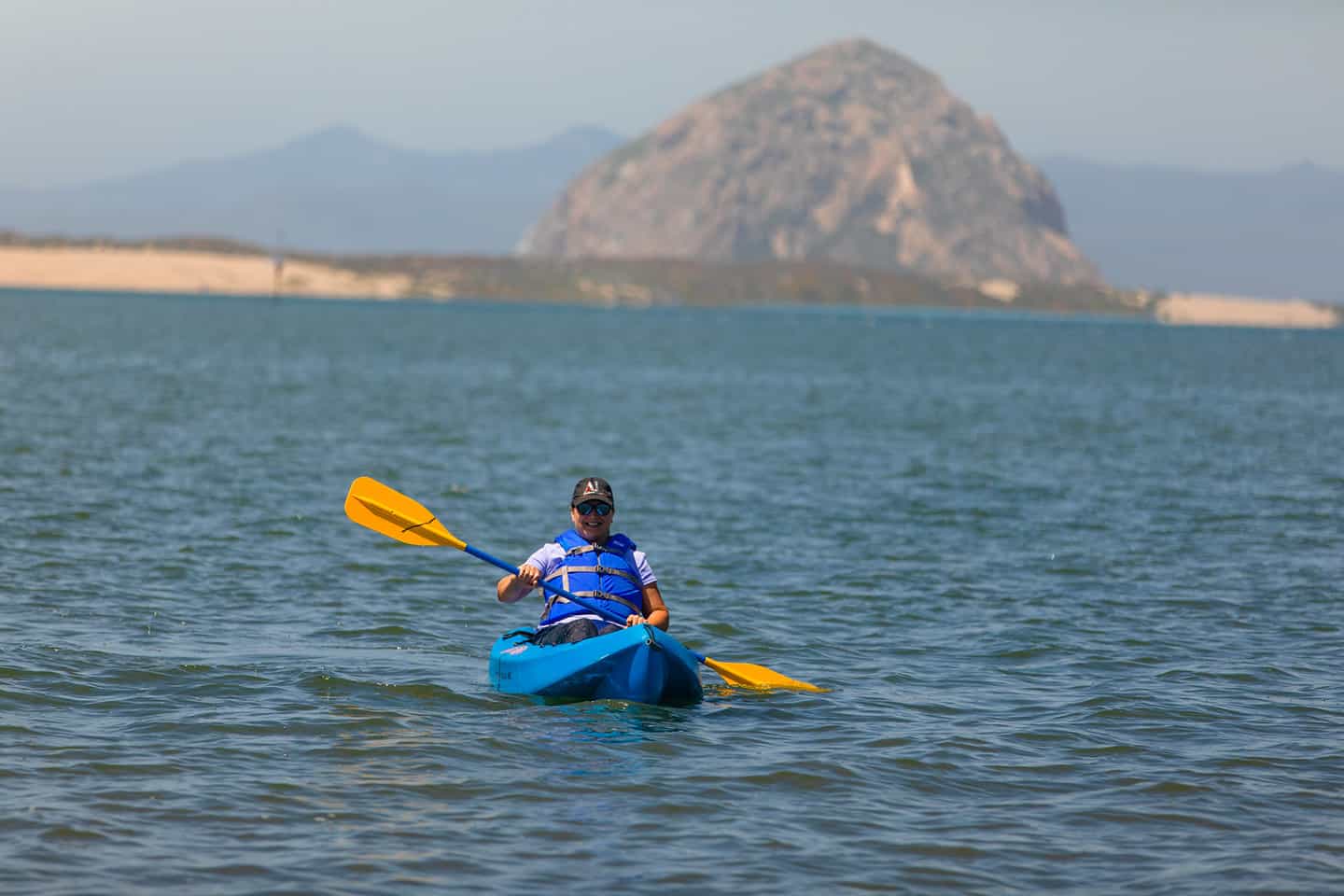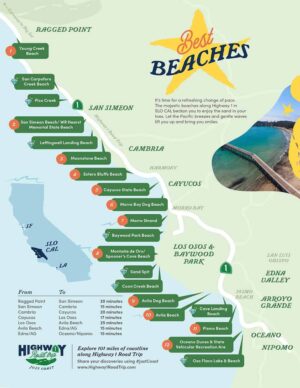From Laurie Werner at Forbes
Craggy cliffs bordering crashing waves with blankets of fog rolling in over one stretch of road and then suddenly disappearing around the next bend. If you drive down California’s famous Highway 1 from San Francisco to Los Angeles, that’s a frequent visual along with raffish beachfront towns, seafront cafes, wildlife and vineyards. And there’s always something new to discover even if you’ve done the drive before.

Starting in San Francisco, it’s about a three hour drive south around the serpentine curves of the coast hugging road to Big Sur, longtime artists’ colony and scenic wonderland bordered by the Santa Lucia Mountains, towering redwoods, some of the most rugged, dramatic cliffs and the Pacific. It’s possible to see all of those from the Post Ranch Inn, a perennial on readers’ favorites lists for its clifftop views and 40 architecturally innovative room constructions ranging from tree houses to circular suites with panoramic views of the ocean and secluded one- and two-bedroom houses. It’s simply one of the most romantic places in the world especially from a cliffside Jacuzzi watching the fog roll in. (Also, no guests under 18 or pets are allowed.)
The cliffside view over the Pacific is undoubtedly one of the appeals of the restaurant Sierra Mar, especially at sunset, but locals primarily come over for dinner to try the daily changing prix fixe menu composed of mostly locally grown, grown on property or foraged ingredients along with selections from a prize winning 17,000 bottle wine cellar. But only guests can assemble after dinner for stargazing on the Sierra Mar deck with a computerized 12 inch Meade telescope reaching into the usually clear Big Sur skies.

An hour south of Big Sur, a one hundred mile stretch of the road known as the Highway I Discovery Route begins at Ragged Point with especially striking scenery extending down to San Simeon, famous for William Randolph Hearst’s opulent, hilltop Hearst Castle (currently closed but scheduled to reopen early next year when roadwork leading up to the castle is completed). A scenic stop for lunch overlooking the cliffs at the beginning of this stretch is the Ragged Point Inn and Resort; drivers who want an exercise break from driving (and have really good, gripping hiking shoes) can hike the .8 mile Black Swift Falls Trail that descends and then climbs 400 feet in elevation leading to a black sand beach and waterfall.
15 minutes down the road, 1.5 miles south of Point Piedras Blancas, the wildlife for which this section of the Central Coast is known starts to make an appearance. The Elephant Seal Vista Point overlooks the eight mile stretch on which 15,000 Northern Elephant Seals retreat from the ocean every year. There’s some activity every month but numbers peak three times a year: in January when the majority of births occur, in April/May when females who’ve gone back out into the ocean after weaning their pups and juvenile pups return to molt a new layer of skin and late October when juveniles return in what’s called the juvenile haul-out.

11 miles down the road migrating whales are often visible between December and February off Moonstone Beach in Cambria. But even if the whales aren’t there, waves crashing against the rocks and sea lions hanging out on the rocks are a scenic background to lunch at the Moonstone Beach Bar & Grill for seafood specialties such as crab cakes, steamers, cioppino and an array of seafood in a tomato herb broth over pasta.
To get closer to the area’s wildlife (but not too close—a safe distance for animals and observers is always maintained) as well as experience the area’s natural beauty in a serene way, private kayaking excursions are conducted in Morro Bay by Central Coast Outdoors in trips ranging from two hours to all day. The morning I went out with a kayak guide on the bay, the fog was so thick that it obscured the area’s natural landmark, the 576 foot tall Morro Rock known as the Gibraltar of the Pacific, and all colors were blanketed in gray. But the animals were out: sea otters floating on their backs or peeking out of the bay with the rest of their bodies submerged and sea lions resting on the rocks.

Along with the wildlife and cliff/surf views, this section of the Central Coast is known for its wine production which benefits from the combined effects of sun, fog and ocean breezes; a few miles inland from the coast, 30 vineyards are located in the Edna and Arroyo Grande Valleys. One of the most popular is Talley Vineyards for its estate tastings of Chardonnay and Pinot Noir, the production of which it pioneered in the Arroyo Grande Valley. Many also come for its artfully landscaped grounds.
Read the rest of the list of Highway 1 spots worth a stop on Forbes.


